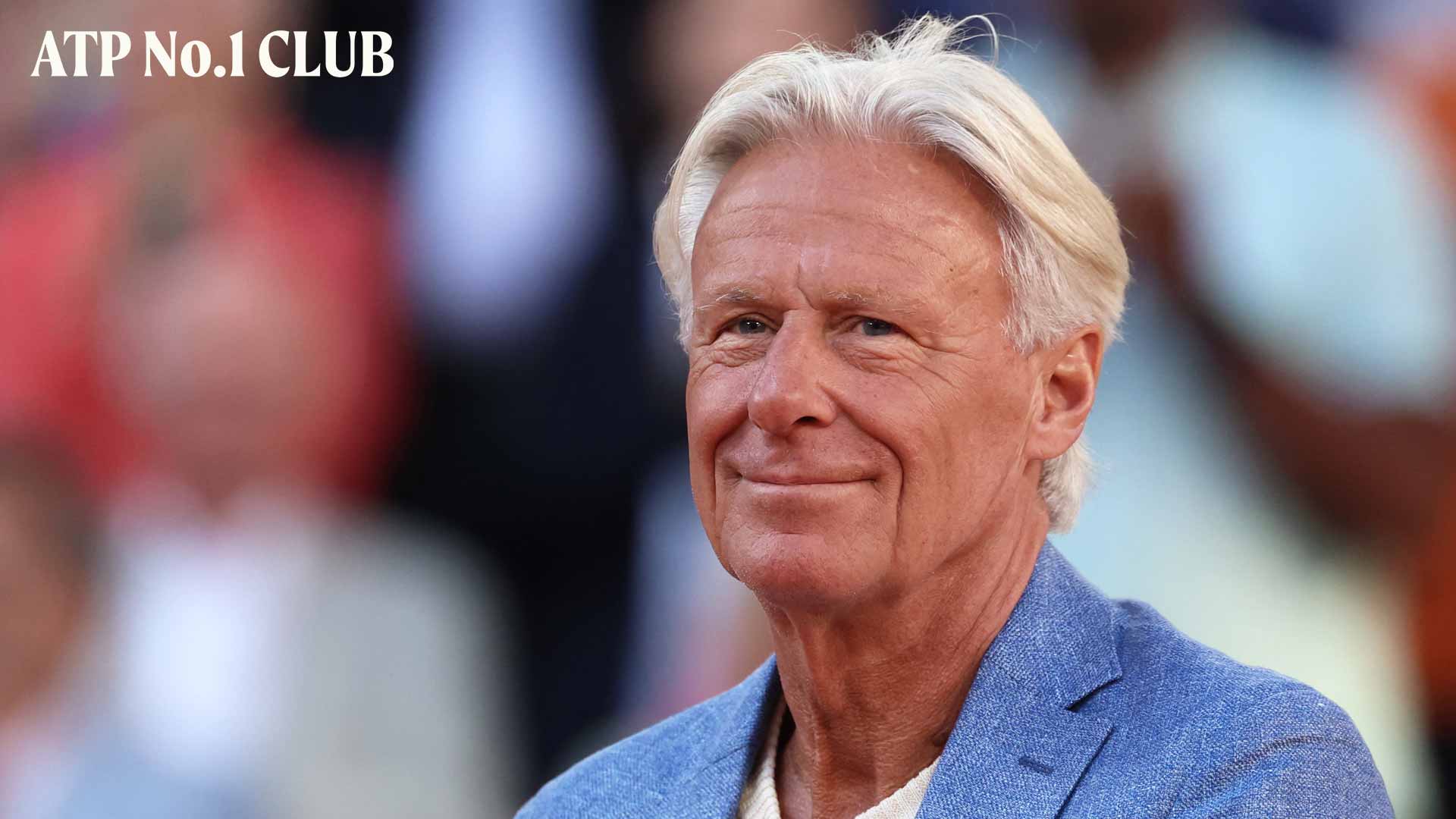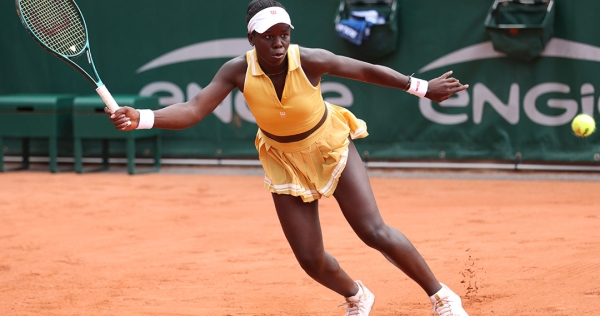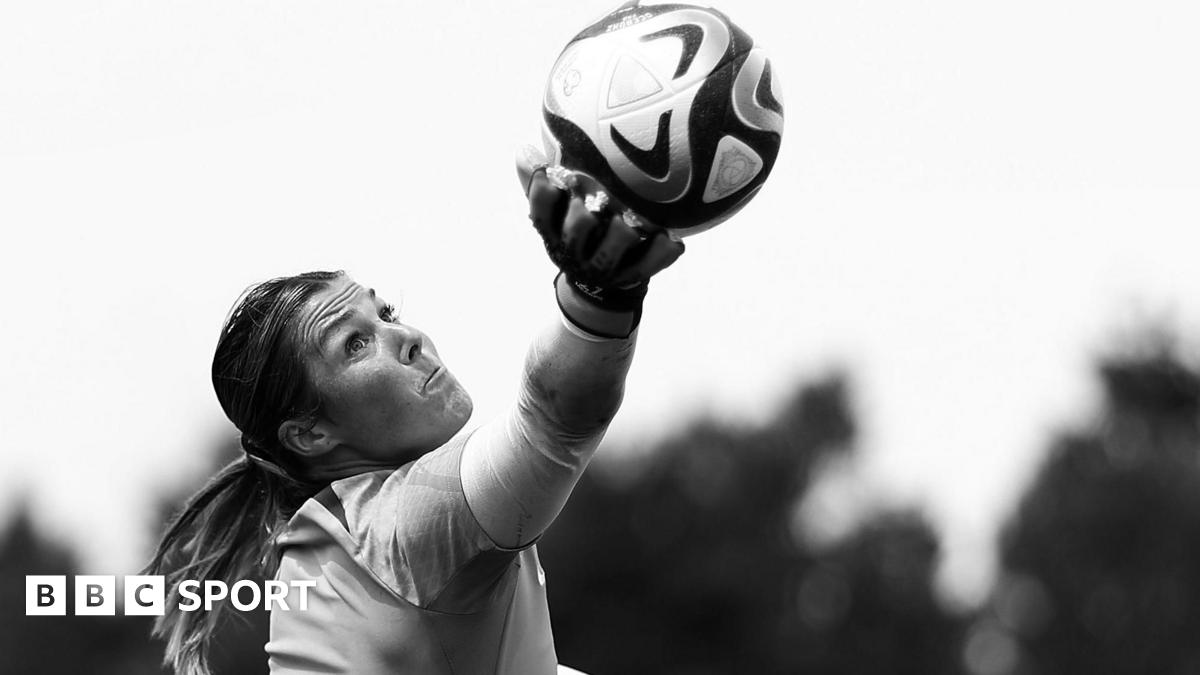Bjorn Borg: The Ice Man born to be No. 1

No 1 ClubBjorn Borg: The Ice Man born to be No. 1Swede shares reflections of becoming part of ATP No. 1 ClubEmmanuel Dunand/AFP via Getty Images Bjorn Borg's 109 weeks at No. 1 is the eighth-most in PIF ATP Rankings history. By ATP StaffWith his flowing blonde hair, ice-cold gaze and relentless baseline game, Bjorn Borg exuded a quiet charisma that captivated fans. How could one stay so composed under pressure? It was machine-like intensity that set him apart, earning him nicknames like ‘Ice Man’ and fuelling his rise to World No. 1 in the PIF ATP Rankings.Borg’s unshakable calm was not an act. It was in his DNA.“The toughest thing for a tennis player is mentally, psychologically,” Borg said. “Okay, you have to be fit, that’s one thing. But mentally, if you go on the tennis court, you’re by yourself out there. If you play a team sport or something, you can always hide behind other players.“But tennis, you’re by yourself. You have to [make] the decision, ‘What should I do?’ You have to have it in your personality, that you can handle these situations. I think that’s the difference between being No. 1 and being No. 100. Everybody can play good tennis. But to be on the top, to be No. 1, psychologically it’s very difficult.”At the age of 21, Borg first ascended to World No. 1 for just a single week in August 1977, shortly after capturing his fourth major title at the All England Club.In an instant classic, five-set final at the grass-court major, Borg ousted Jimmy Connors and later overtook the American for the top spot. Had Borg not reached No. 1 for that week, Connors would have reigned for a record 245 consecutive weeks, eight more than Roger Federer's 237 weeks. Connors debuted as No. 1 for 160 weeks and after the one-week Borg interruption, the American reclaimed the spot for 84 weeks.To this day, Borg is the sixth-youngest player in the ATP No. 1 Club to reach the top spot. His initial short stay as No. 1 was a glimpse of what was to come — Borg finished his career having spent 109 total weeks as the world’s best tennis player. What did it take to achieve that feat?“First of all, you have to have motivation, a big heart, stubbornness,” Borg said. “You have goals, ‘I did these things, but I want to be better’. You have to love what you do. When you go out on the tennis court, you have to love every single moment.”The Swede’s revolutionary, heavy topspin playing style helped him amass 66 tour-level titles, including six Roland Garros crowns and five Wimbledon trophies. Three years in a row (1978-80), Borg won the rare Roland Garros-Wimbledon double. In 1979 and ‘80, Borg was also crowned champion at the season-ending Tour Finals. He possessed an uncompromising pursuit of winning.“To lose, that was not part of my personality,” Borg said. “The most beautiful thing is winning. That’s why as a kid — when you grow up — you’re practising, sacrificing so many things in your life. But the beauty is that you’re winning, ‘Wow!’ That’s what it’s all about it.”Borg announced his retirement in January 1983 at the age of just 26. He attempted a comeback in the early ‘90s, but failed to win a match. He finished his career with a 654-140 match record, according to the Infosys ATP Win/Loss Index.The Sodertalje native is one of 29 players in the ATP No. 1 Club. His sixth and final stint at No. 1 lasted 46 weeks, between 19 August 1980 and 2 August 1981. He earned ATP Year-End No. 1 presented by PIF honours in 1979 and 1980.“To be part of the No. 1 Club, I’m very proud. Those 29 players, we are proud,” said Borg, who was the first Swede to top the PIF ATP Rankings, eventually joined by countrymen Mats Wilander and Stefan Edberg. “For me to be the best player in the world, it means a lot.”Learn more about the ATP No. 1 Club












